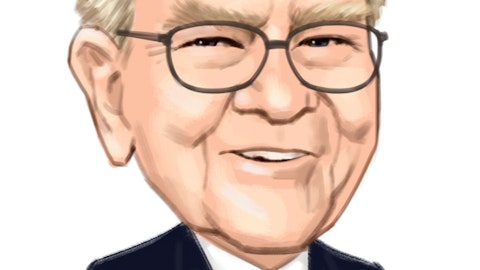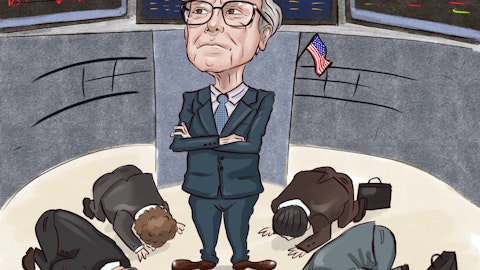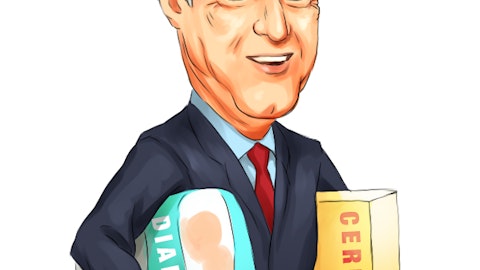Emily Portney: So just as we think about the fee outlook, what I would say is just our base case assumption is that there’s a relatively soft landing in the US, so that would be average equity markets as well as fixed income markets are not that far off from what we’ve seen averages in 2022. You are correct that our money market platform does benefit that to a degree. Having said that, we do expect some modest runoff in balances as well in money market funds. And what I would also just highlight is that any strength in the fixed income market really does play to the strengths of our investment management business.
Robin Vince: I would just add a couple of things to that. Just as you think across the breadth of our franchise, and Emily mentioned a couple of them, we have a lot of Os in the water on fixed income generally. So our asset servicing business is fixed income, heavy, that gives rise to a fixed income heavy, security lending business. We have a $1.3 trillion worth of cash on our investment platform. So that plays in the short end of the market, which obviously has an overlap with fixed income as well. We have our drivers money market fund, which has done — which has really quite well over the course of the year in terms of performance and asset gathering. We have our treasury business in terms of our clearance business. We have our treasury market repo business. So we’ve got a lot of different opportunities that come from all of this, and we’re obviously paying attention to all of them.
Alex Blostein: And then maybe just my follow up on operating leverage in the business broadly, and you mentioned, Robin, a number of shipping efficiency programs that you have in place that sound like they’re ramping nicely and it just kind of incorporated in your expense guidance for this year. But when you sort of take a step back and assuming that short term interest rates remain sort of range bound or whatever the forward curve was forecasting. How are you thinking about the pretax margin for the firm as a whole over time? I’m not sure if you’re ready to talk about those targets yet, but in the past, you guys were north of 30%. Is that ultimately the goalpost as you think about the ins and outs of your programs, but also what’s going on in the top line?
Robin Vince: So you’re right in that we’re still working on it. I’m four and half months into my tenure. We’ve talked about the strategy reviews. They are ongoing. We’ve made some good progress. It’s true on the business side. It’s also true on the function and the support side as well, but we are focused, to your question on margin, we are focused on driving profitable growth which is top line, but with an eye to the bottom line and also just exuding expense discipline through doing the work. We think we’ve got a high performing culture but we continue to drive on things that relate to that. And I think when you look across revenue growth, pretax margins and ROTCE, you have the key metrics that we’re really using. Now we are considering a variety of different KPIs and we look forward to giving you all more transparency some of those KPIs as the year progresses. And so as we do the work, we’re going to come and talk to you about it.
Operator: Our next question comes from Brian Bedell.





